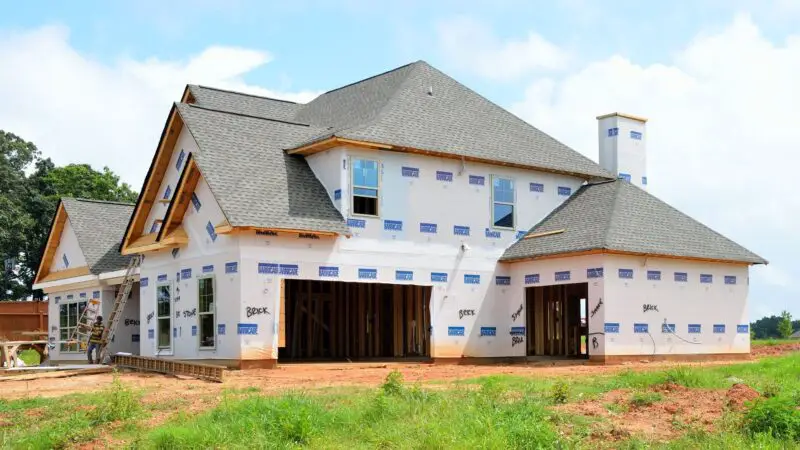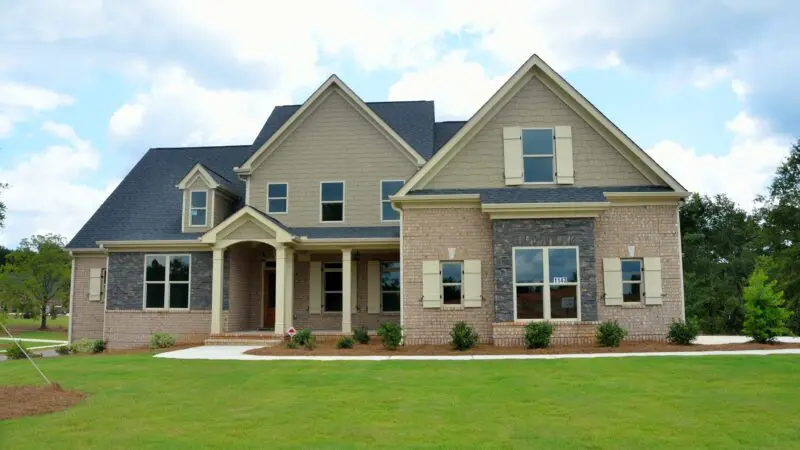The Cowboys, the Mavericks, great weather, plenty of sunshine—Dallas, Texas has it all; add in the cheaper than expected housing market, and I don’t know how you could ask for anything more. And, with all it has going for it, you might be wondering why the homes in this well-known metropolitan city are relatively low in price, to begin with.
Why are houses cheap in Dallas? Homes in Dallas, TX are affordable, especially compared to other metropolitan areas in the United States, because of higher supply, coupled with lower overall demand. Of the ten biggest cities in the US, Dallas has the 2nd lowest price per square foot.
Since Dallas is such a great place to live, especially compared to other metropolitan areas like New York City or Chicago, why are prices so low? The answer is simple, and it’s something that Texas, especially the area around Dallas, has available: land. The availability of open land for additional construction as demand increases has kept supply/demand in balance, maintaining overall lower home prices.
Are Houses Cheap in Dallas?
Dallas is ethnically diverse, with a well-diversified modern economy; in fact, it is this economy that partially contributes to the affordability of homes in the region. Employment is relatively low, at 3.10% before the 2020 pandemic. Wages are competitively set, with an average income of $53,515 in 2019. In contrast, at the national level, unemployment was 3.6%, and the average income was $63,688 during the same timeframe.
| State of Texas | Dallas | United States | |
| Unemployment rate | 3.5% | 3.1% | 3.6% |
| Average income | $50,144 | $53,515 | $63,688 |
The higher income, coupled with a lower unemployment rate than the State of Texas average, gives rise to a slightly higher than average home price per square foot in Dallas, over other metropolitan areas.
| Texas State | Ft. Worth | Dallas | Houston | Austin | San Antonio |
| $130 | $129 | $202 | $141 | $232 | $124 |
The average 3-bedroom, 2-bath, 2000 square foot home, gives us an estimated housing value of:
| Texas State | Ft. Worth | Dallas | Houston | Austin | San Antonio |
| $260,000 | $258,000 | $404,000 | $282,000 | $464,000 | $248,000 |
Justifying the Costs
I know, you’re probably thinking, “Wait a minute, I thought you said housing prices in Dallas are cheap?” Well, compared to those other numbers, Dallas appears expensive; however, we need to look at other variables to get a better overall sense of the “cost” of a home in Dallas.
By population, Dallas is the 9th biggest city in the United States. Let’s compare Dallas’s price per square foot in homes to some of these other areas. According to Zillow, these are the average prices per square foot in each of the biggest metropolitan areas in the United States:
| New York | Los Angeles | Chicago | Houston | Dallas |
| $660 | $507 | $243 | $141 | $202 |
Going back to our 3-bedroom, 2-bath, 2000 square foot home, our estimated housing values for each major US city is:
| New York | Los Angeles | Chicago | Houston | Dallas |
| $1,320,000 | $1,014,000 | $486,000 | $282,000 | $404,000 |
Dallas is looking a whole lot better now, isn’t it? However, to be clear, the price per square foot isn’t the only factor you should keep in mind. Because each of these cities is massive, there are areas with higher and lower costs. The price per square foot is the overall average for the entire city.
Are House Prices in Dallas Rising?
Speaking historically, yes, they are. Zillow has an average value index, which is the average value of a home in a specific area on a given day, designed to compare locations within a region. The average value in Dallas is $226,145, with prices that have increased by 1.9% in the last year. The current average sale price of a home in Dallas is $321,700.
Is it Too Late to Buy in Dallas?
No, right now is a wonderful time to buy! The pandemic of 2020 has caused an unanticipated drop in market prices, with predictions that prices will fall by 2.4% or more over the next year.
Additionally, you need to remember that the prices noted so far are related to the Dallas metropolitan area. There are still neighborhoods that boast significantly less expensive (or more expensive if you prefer) homes. Here are a few examples:
Wilmer
A suburb of Dallas, Wilmer boasts a population of 4,185. According to Niche, Wilmer scores an A or A- in the cost of living, diversity, and jobs. Zillow reports an average home value of $135,565, with appreciation in the last year of an astounding 20%. Despite the overall cooling of the market due to the 2020 pandemic, Wilmer is still anticipated to have homes increase in value by 1.5% over the next year.
Cockrell Hill
Another Dallas suburb, Cockrell Hill, has a population of 4,268. Niche scores Cockrell Hill with an A in the cost of living. Zillow reports an average home value of $164,554. Appreciation was a very respectable 12.0% over the last year, and prices are forecasted to continue to rise, though at a more modest 1.3% over the coming year.
Ferris
This Dallas suburb has a tiny population of 2,612. Niche scores Ferris with an A in jobs, cost of living, and diversity. Zillow cites Ferris to have a home value average of $166,977, with an appreciation over the past year of 4.0%. Ferris is expected to have a small loss over the coming year, with prices expected to drop by 0.7%.
Final Thoughts
This is a great time to buy in Dallas! For the first time in many years, prices are expected to drop, though not a lot. However, if you shop around, there are plenty of outlying areas with amazing values right now.
Whether you’re thinking of a new home for your family or an investment property, contact a mortgage broker to find out what price home you can qualify for, then get to shopping before the market rebounds!
Thinking about moving to Dallas’ sister city, Fort Worth? Check out our article on why homes in Fort Worth are cheap, too!





